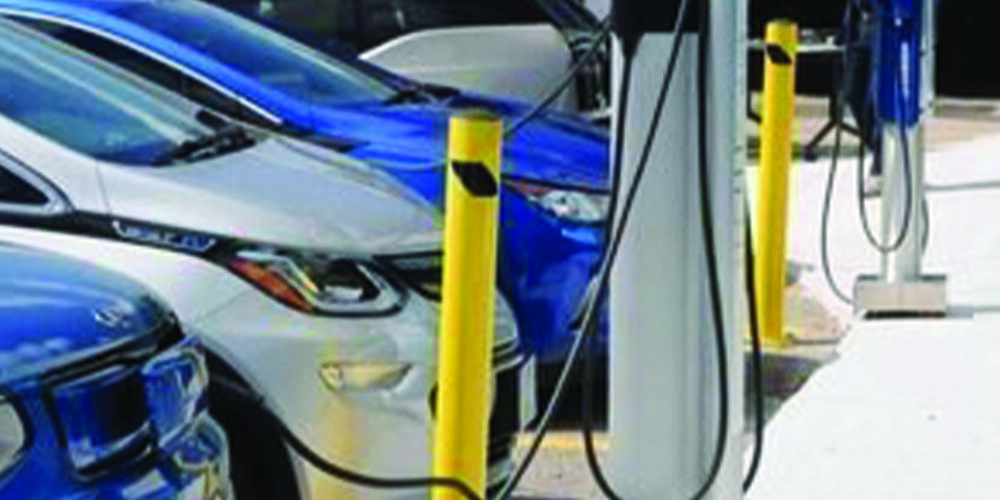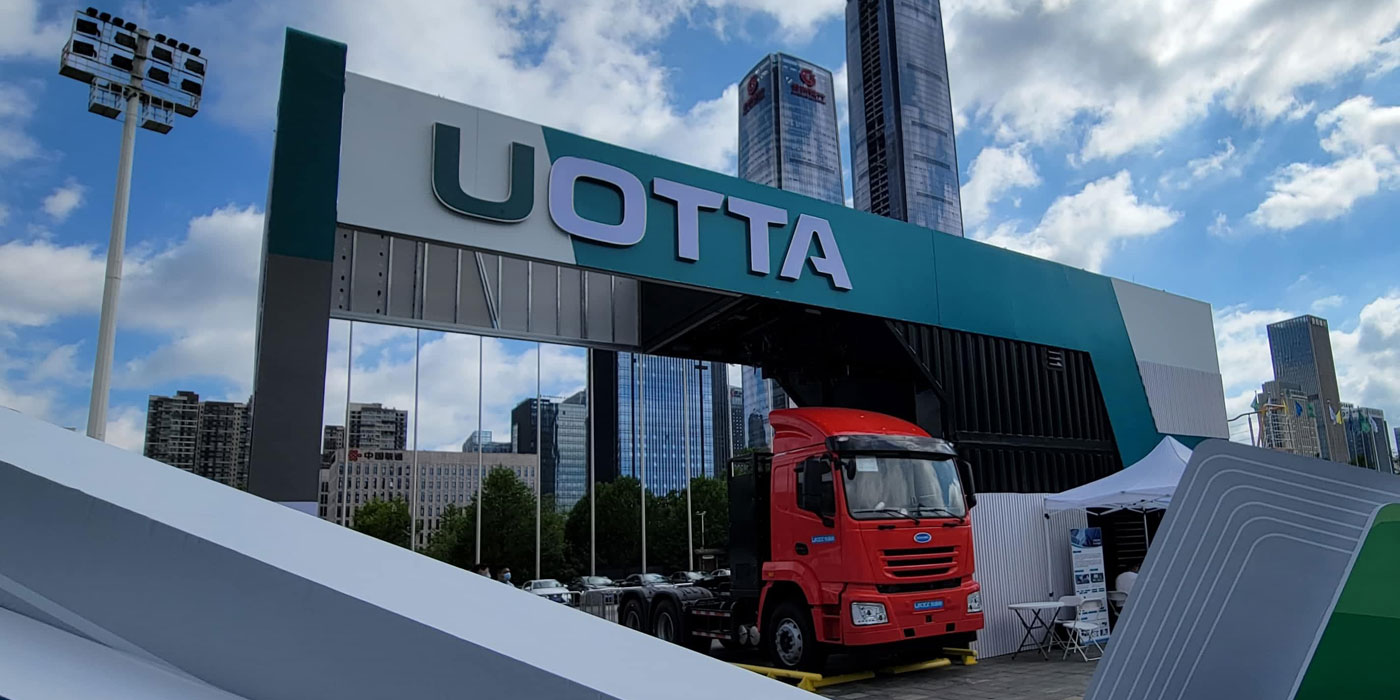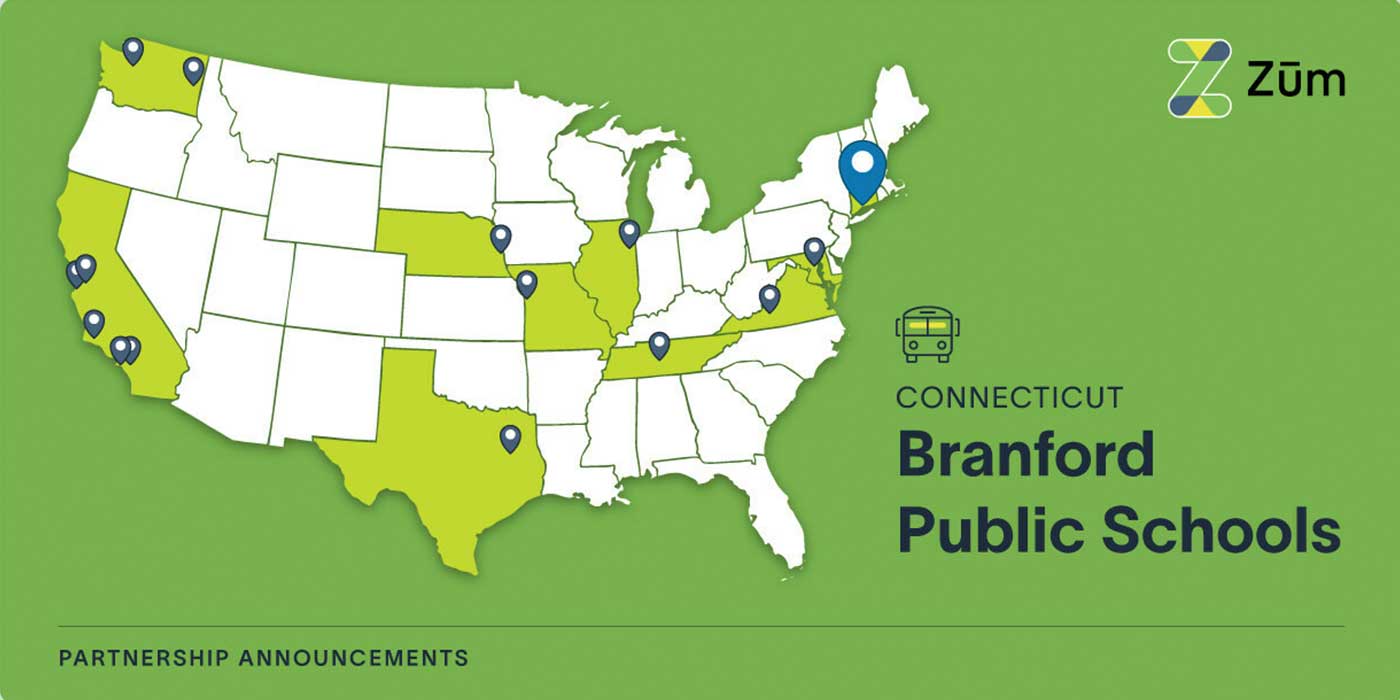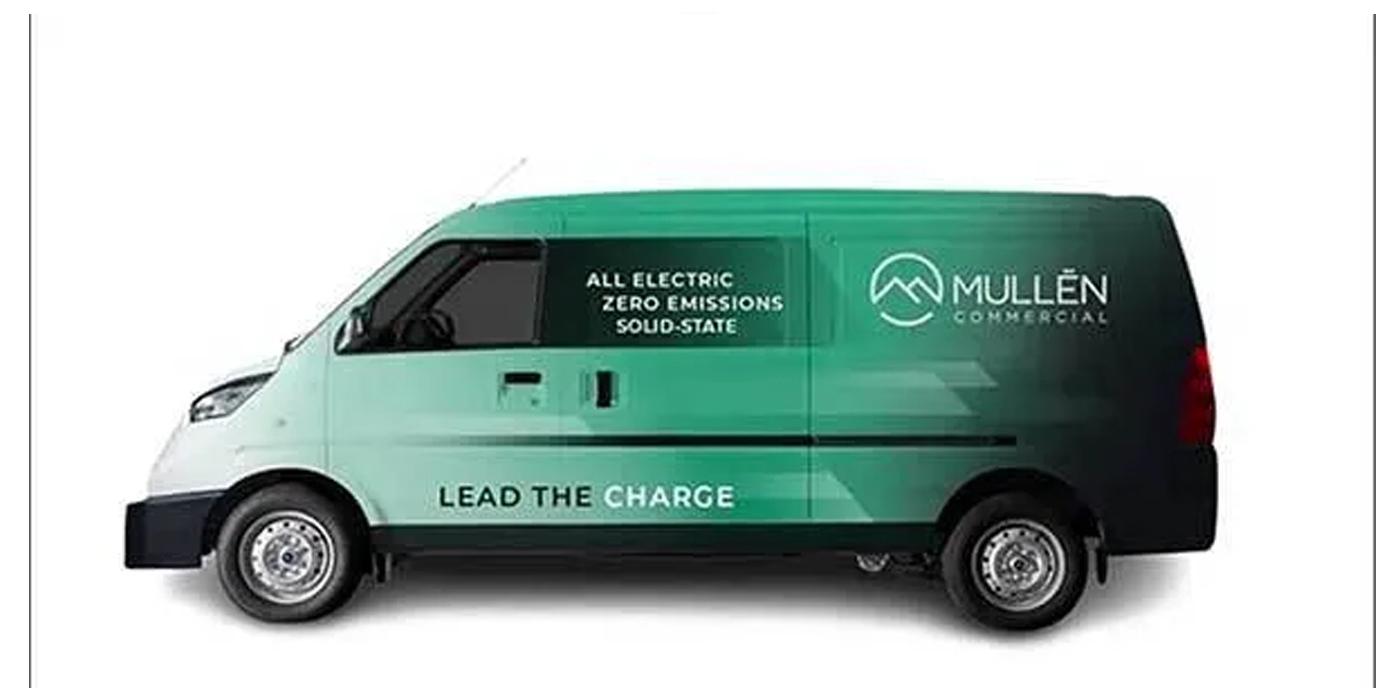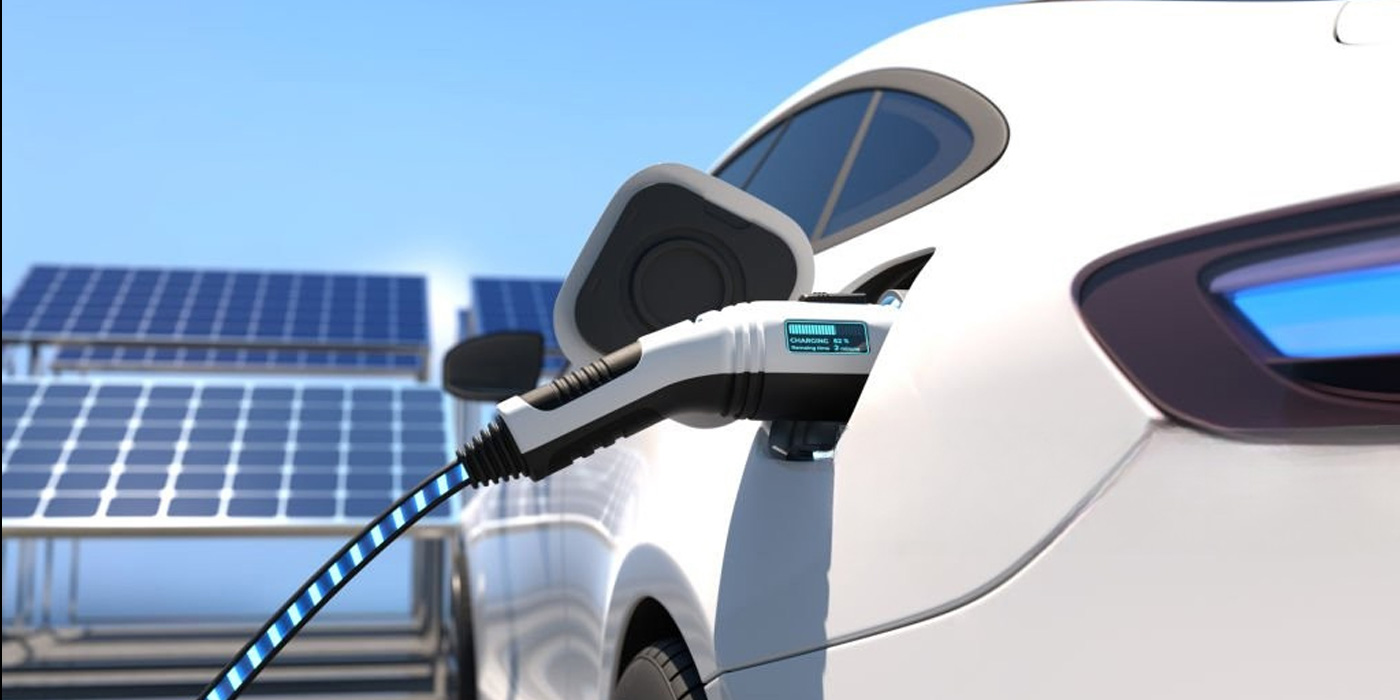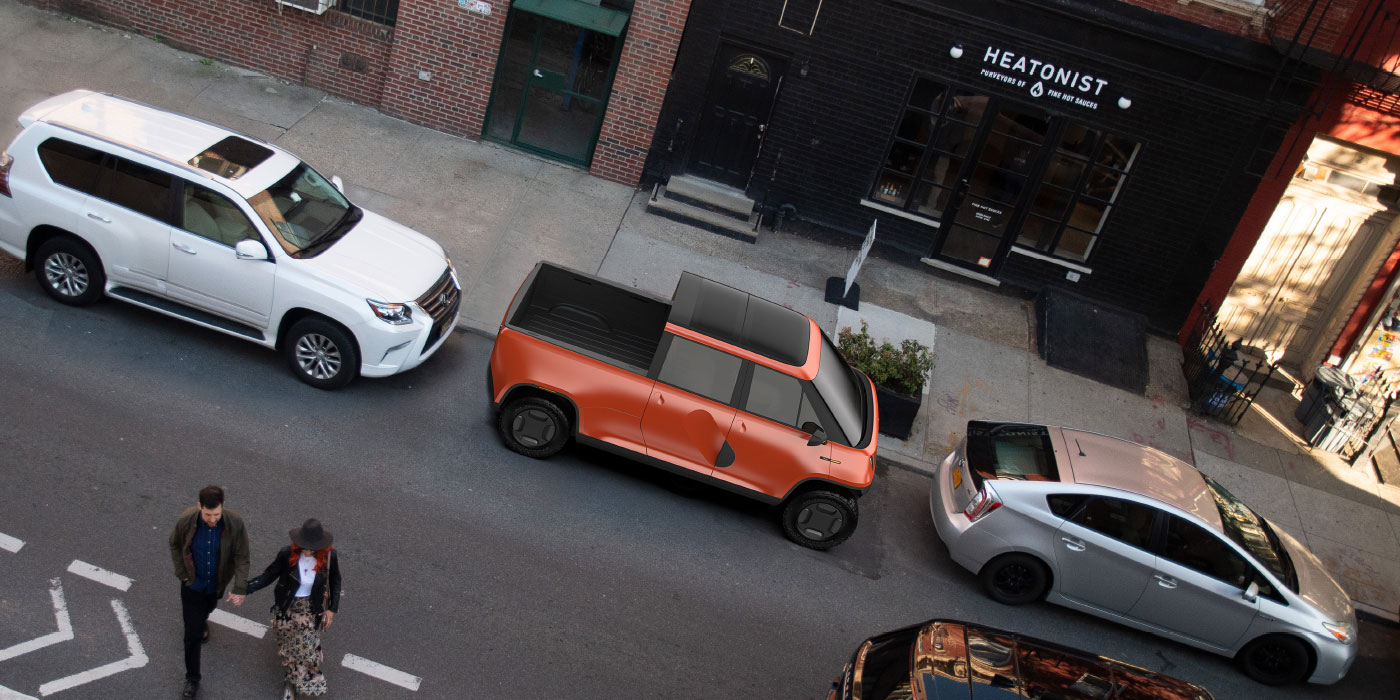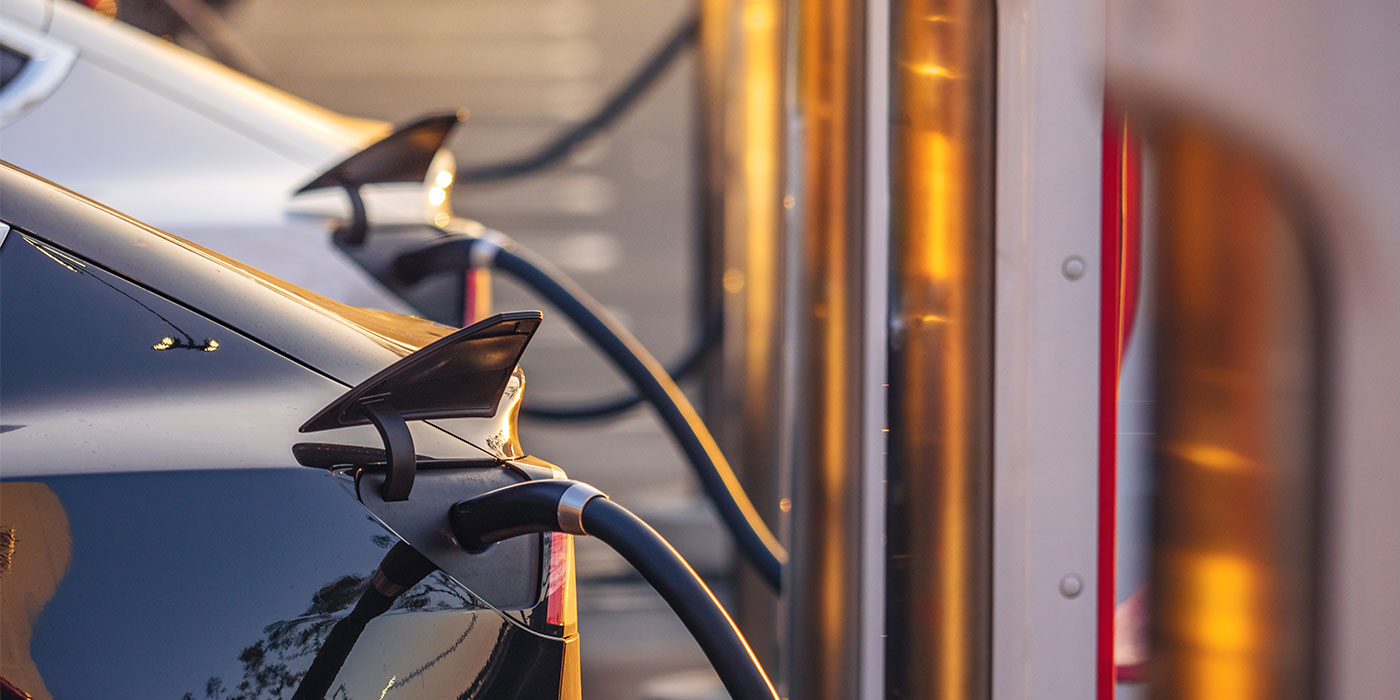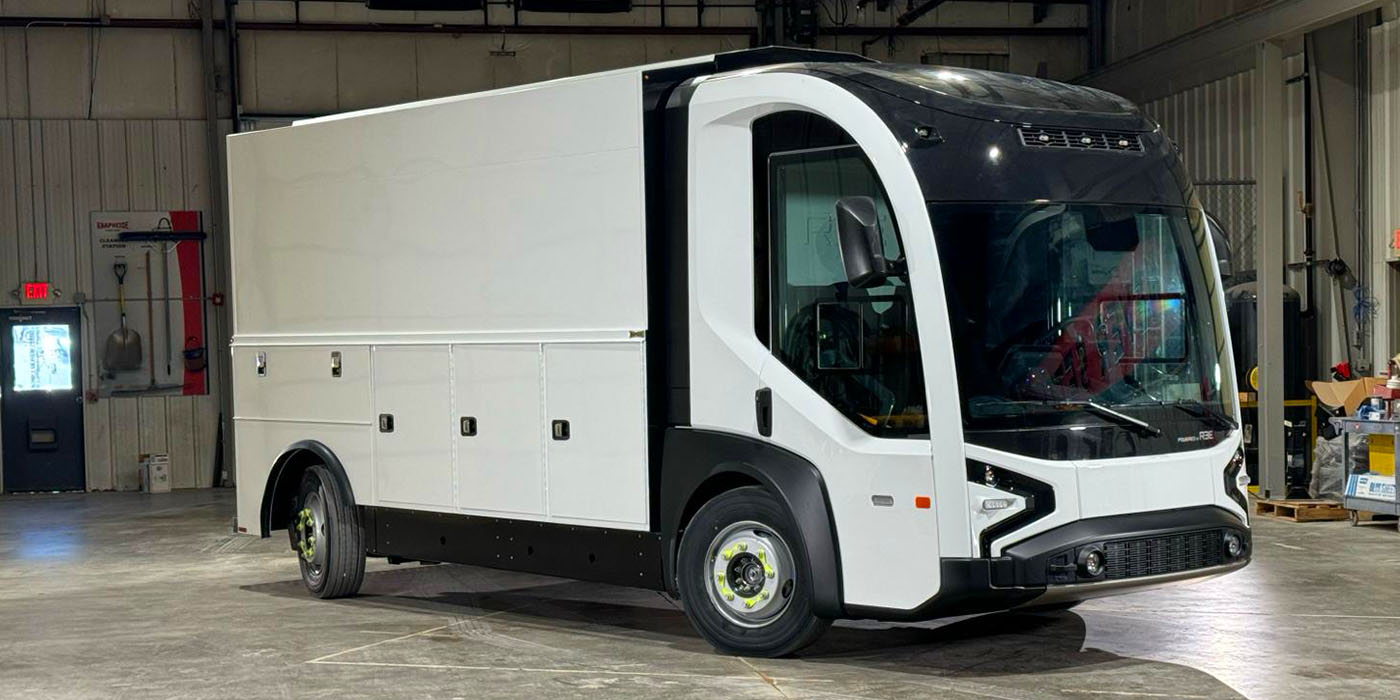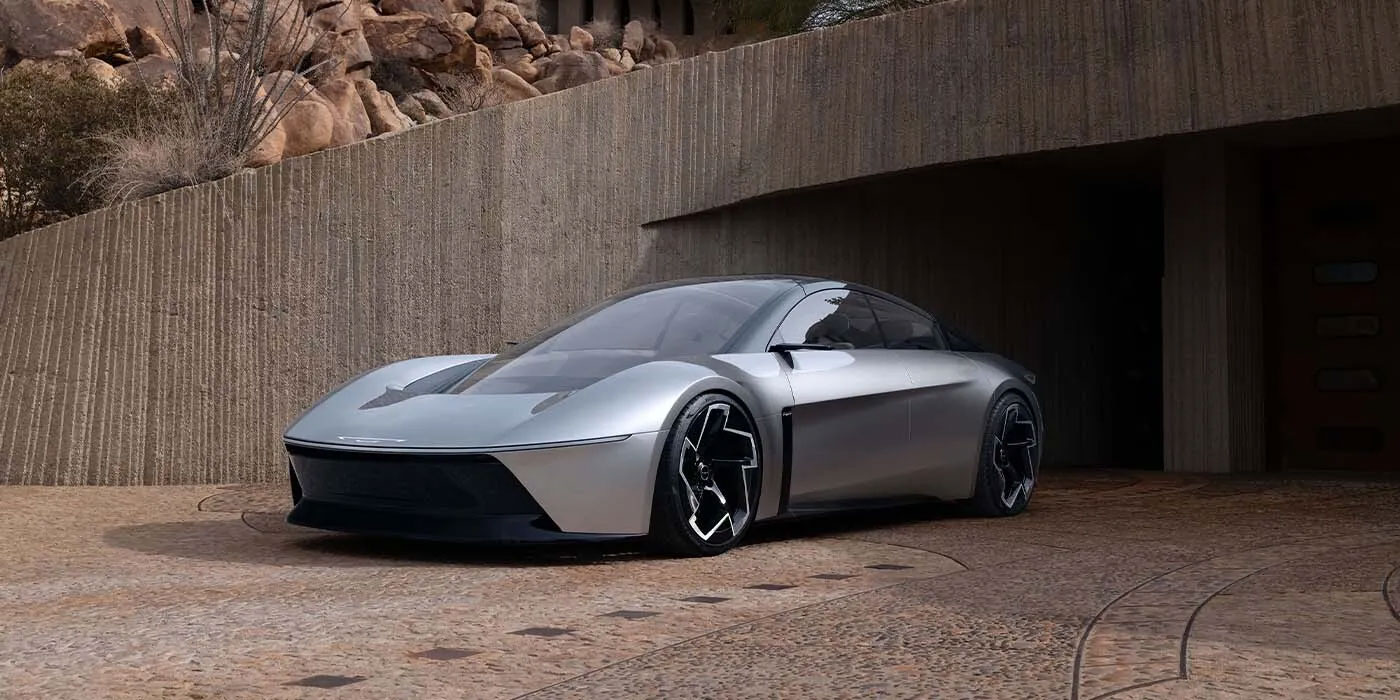Shell USA, Inc., a subsidiary of Shell plc, has completed the previously announced acquisition of Volta Inc. in an all-cash transaction valued at approximately USD $169 million. With this acquisition, Shell now owns and operates Volta’s existing public electric vehicle (EV) charging networks in the U.S. The closing of the transaction occurred after receiving various regulatory clearances and approval from Volta’s stockholders.
Volta provides Shell with an existing public charging network of over 3,000 charge points at destination sites (shopping centers, grocery stores, pharmacies, etc.) across 31 U.S. states and territories, a development pipeline of more than 3,400 additional charge points, and capabilities to continue developing, operating, and monetizing EV charging infrastructure.
“We want to make charging as convenient as possible for our customers,” said István Kapitány, executive vice president of Shell Mobility. “As demand for EV charging continues to grow, destination sites will play a key role in meeting people where they spend a great deal of time: the store, the gym, and everywhere in-between. Beyond providing a charging service, Volta specializes in generating advertising revenues from screens embedded into the charge point, adding a source of non-fuel revenue from sites both in the U.S. and globally.”
Volta’s advertising capability and early mover advantage have allowed the company to secure prime spots and portfolio-level contracts with site hosts in high-value, high-traffic markets. While most of Volta’s current revenue is generated through advertising, there are plans to increase the number of fast charging DC outlets with a paid charging model.

